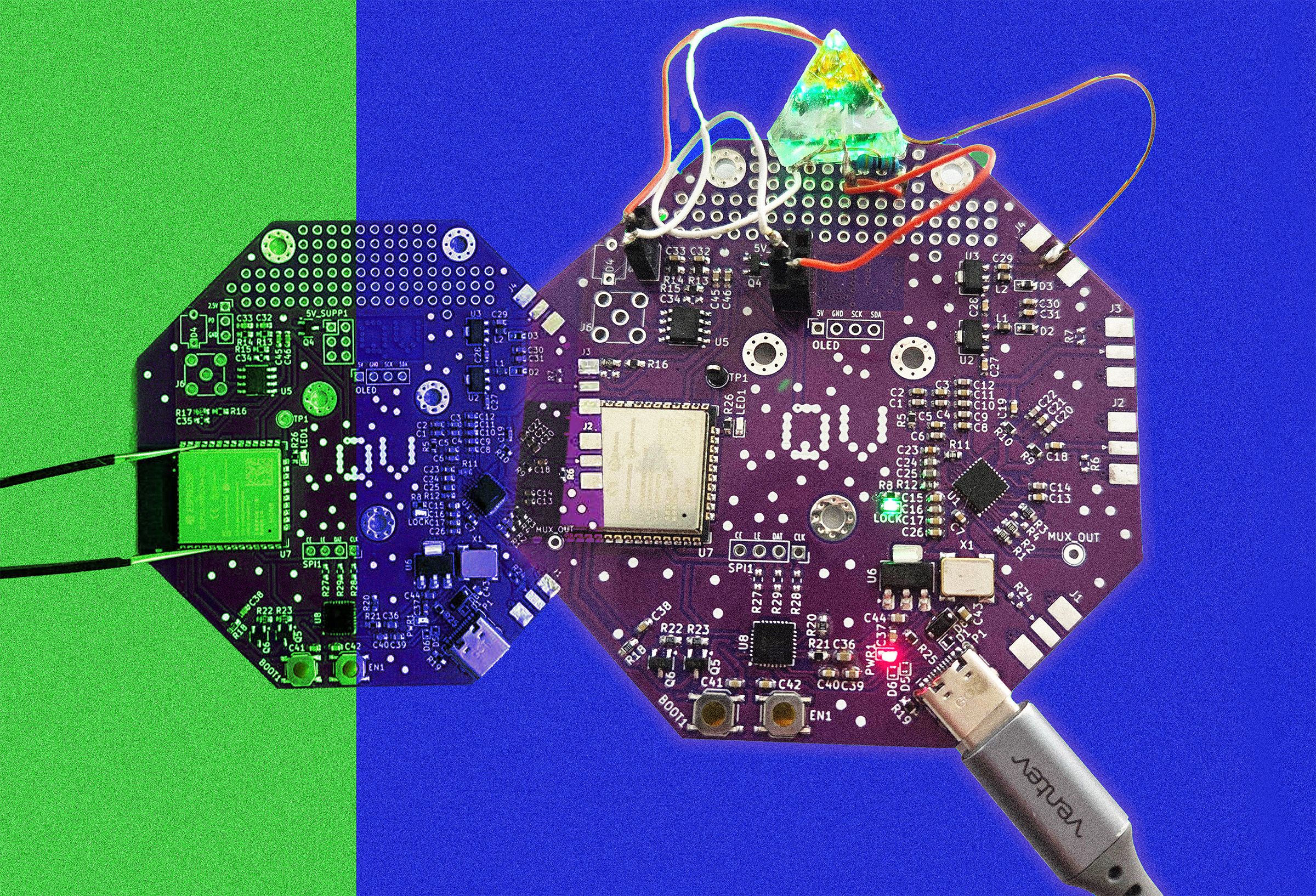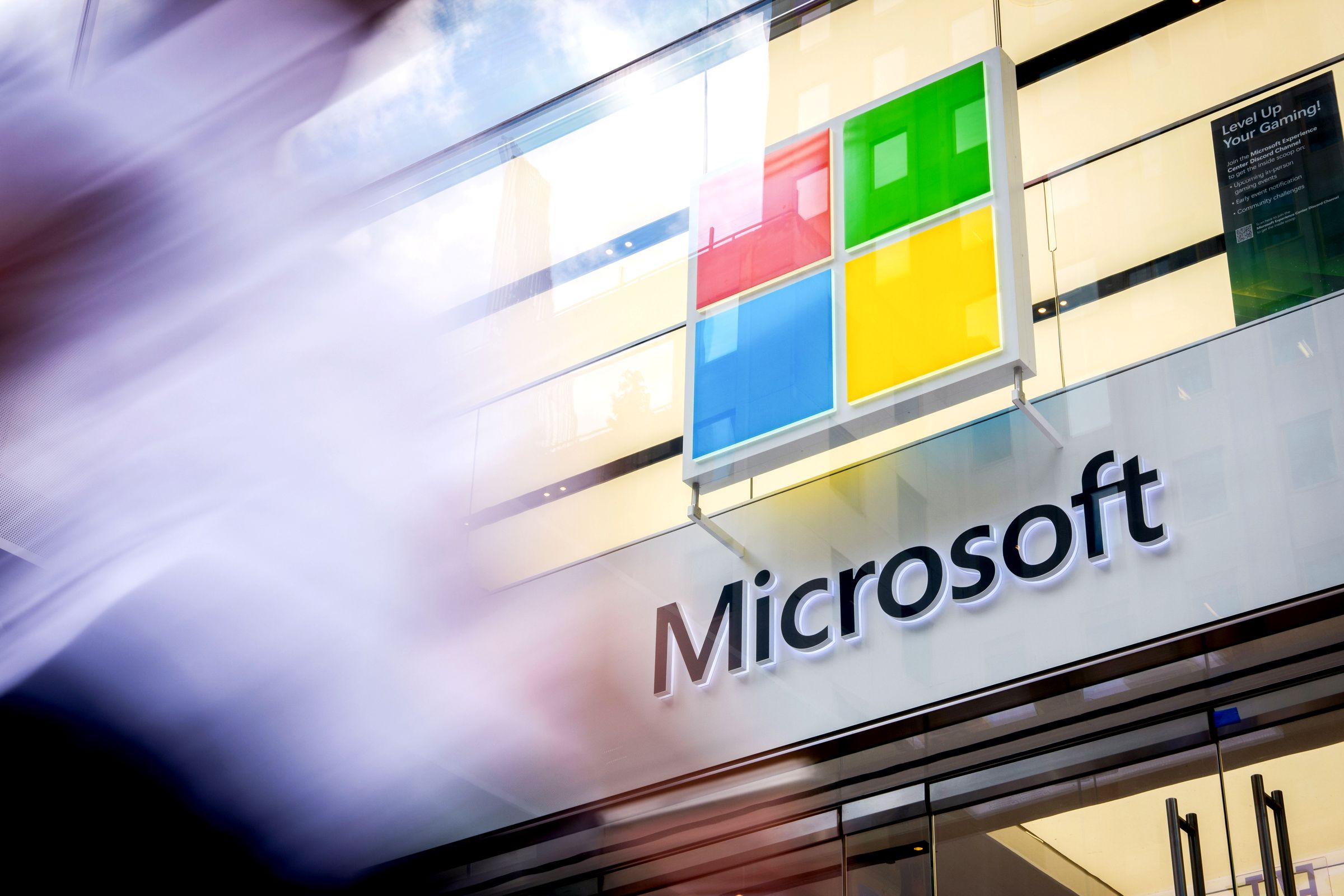Hackers Are Finding New Ways to Hide Malware in DNS Records
Hackers Are Finding New Ways to Hide Malware in DNS Records
With the rise of cyber attacks and data breaches, hackers are constantly evolving their tactics to hide malware in…

Hackers Are Finding New Ways to Hide Malware in DNS Records
With the rise of cyber attacks and data breaches, hackers are constantly evolving their tactics to hide malware in unsuspecting places. One of the latest trends is the use of DNS records to conceal malicious code and infect systems without detection.
DNS records are typically used to translate domain names into IP addresses, allowing users to access websites and other online services. However, hackers have found ways to manipulate these records to redirect traffic to malicious sites or download malware onto devices.
One of the techniques used by hackers is DNS tunneling, which involves sending data through DNS queries and responses. This can be used to exfiltrate sensitive information or deliver malicious payloads without triggering traditional security measures.
In addition, hackers have been known to use domain generation algorithms (DGAs) to generate random domain names that point to their command and control servers. This allows them to continuously change their infrastructure and evade detection by security tools.
To protect against these new threats, organizations should implement strong DNS security measures, such as monitoring DNS traffic for suspicious activities, using DNS firewalls, and regularly auditing DNS records for anomalies.
It is crucial for businesses to stay vigilant and stay informed about the latest tactics used by hackers to hide malware in DNS records. By taking proactive steps to secure their DNS infrastructure, organizations can minimize the risk of falling victim to malicious attacks.
Overall, the threat landscape is constantly evolving, and hackers are finding new ways to exploit vulnerabilities in DNS records. It is essential for organizations to stay one step ahead and invest in robust cybersecurity measures to protect their systems and data from malicious actors.




